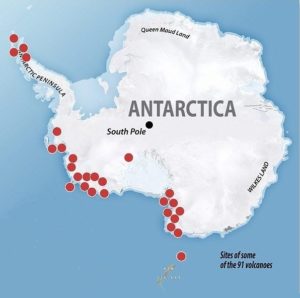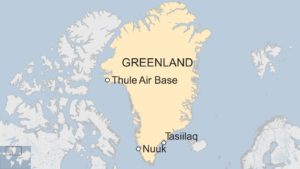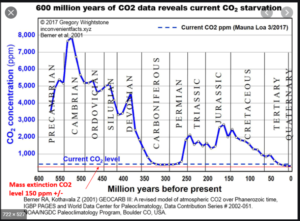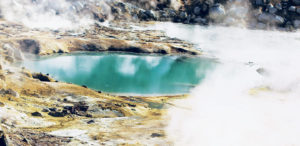by D. Middleton, Oct 10, 2024 in WUWT
Guest “When Sci-Fi predicted paleontology” by David Middleton
Anyone else out there remember this classically awful 1957 science fiction movie?
…
By James Ashworth
First published 9 October 2024
Well-preserved fossils uncovered in France have revealed new insights into one of the biggest invertebrates to ever walk on Earth.
Arthropleura was a millipede-like animal which lived more than 300 million years ago during the Carboniferous Period, with some individuals reaching more than two metres long.
The head of one of history’s biggest arthropods has been revealed in detail for the first time.
Arthropleura is an arthropod, the group containing insects, crustaceans, arachnids and their relatives. For many years, only fossils of its body survived, which saw it placed among the earliest millipedes. Now, the discovery of the first complete head has revealed a surprising twist.
While the new fossils are not from fully grown Arthropleura, some of which reached 2.6 metres long, they reveal important characteristics. Most notably, the head has some features of early centipedes, suggesting millipedes and centipedes might be more closely related than previously accepted.
[…]
While Arthropleura wasn’t a mollusk, the first thing I thought of when I read the article was The Monster That Challenged the World.
…









